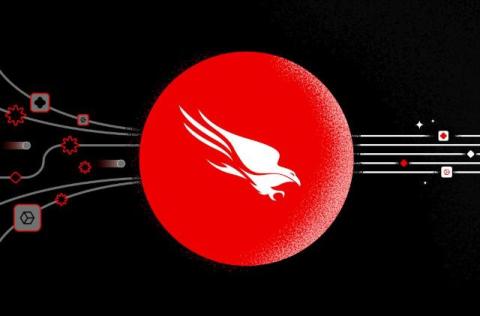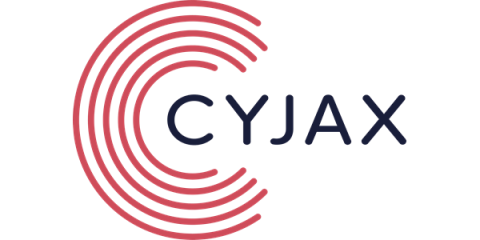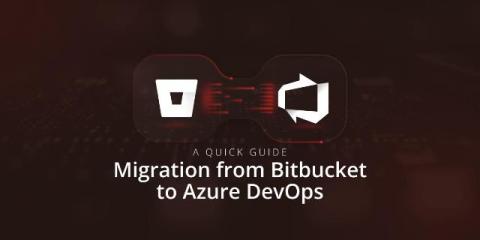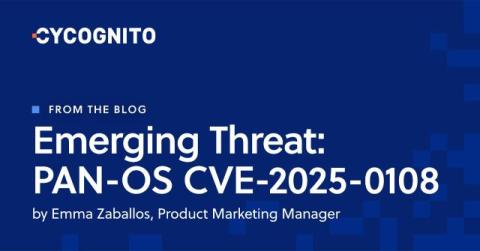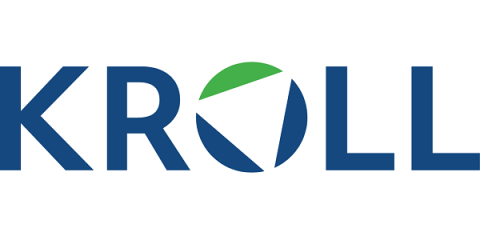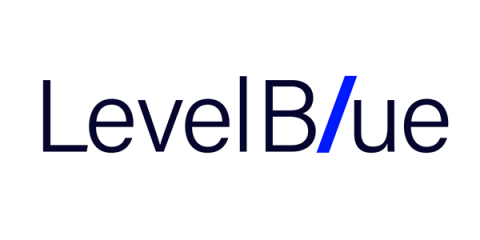Solving for Exponential Data Growth in Next-Gen SIEM
Do you ever feel overwhelmed by the number of data sources you manage with your SIEM? How do you piece together different pieces of the puzzle like SOAR, threat intelligence, and security tools for endpoint, cloud, or identity? Do you actually know which tools are strengthening your security posture, and which are just adding more complexity?


